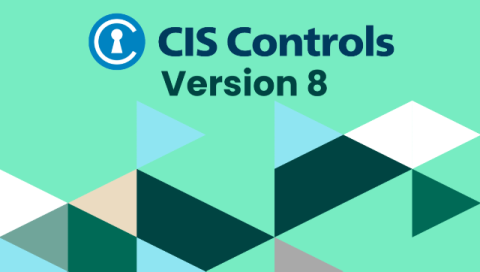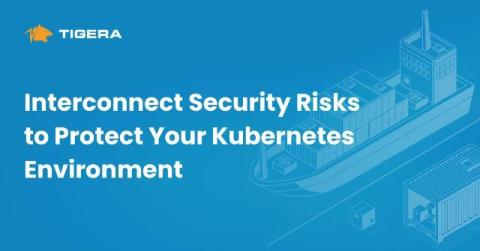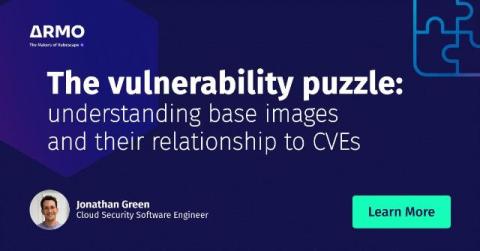Enhancing Enterprise Risk Management With Cyber Risk Quantification
Managing risk is a part of life, whether it's in the personal, private, public, or professional spheres, but often, these various areas of vulnerability are addressed in isolation. In the corporate world, too, the various components of business risk were once tackled as mutually exclusive, with each departmental leader focusing on their sole area of expertise.











